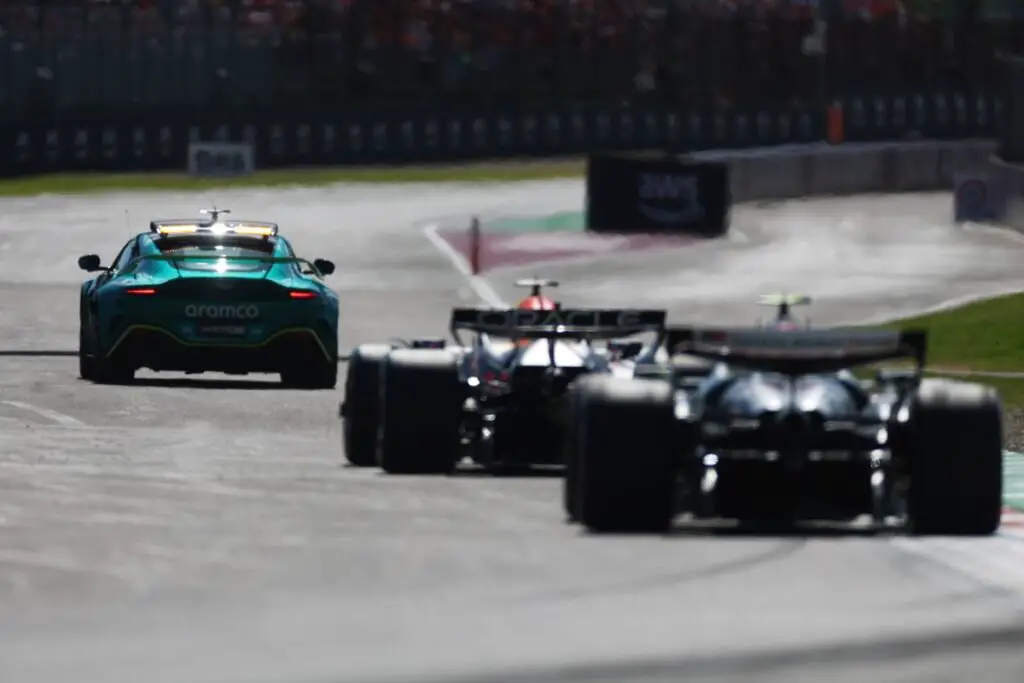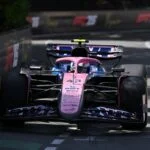Analyzing Formula 1’s Race Control Strategies in Dealing with On-Track Incidents
The 2025 Emilia-Romagna Grand Prix witnessed two seemingly identical situations that, surprisingly, were managed differently by Formula 1’s race control. On lap 29, Esteban Ocon encountered a technical glitch on his Haas vehicle and parked it on the grass strip between Turns 7 and 8.
The Virtual Safety Car (VSC) Intervention: A Swift Solution for Stricken Cars
In response to this incident, race control deployed the virtual safety car (VSC). This mechanism allows the race to be neutralized, requiring drivers to slow down, enabling marshals to safely remove the stricken vehicle. Compared to a regular safety car deployment, the VSC process is quicker and maintains gaps between drivers to some extent.
In Ocon’s case, the swift intervention by the marshals was facilitated by two factors. Firstly, the Frenchman had stopped close enough to an opening in the guardrail, making things easier. However, the most crucial factor was that this was the first car to retire at this specific location. Under these conditions, it took approximately 3 minutes and 40 seconds to complete the VSC procedure.
The Regular Safety Car Intervention: A Necessary Precaution in Certain Circumstances
Fast-forward to lap 46, and Andrea Kimi Antonelli, too, was affected by a mechanical issue on his Mercedes. Like Ocon, the Italian rookie stopped on the grass, but closer to Turn 8. This time, race control opted for a regular safety car deployment, which raised some questions.
The reason behind this decision is straightforward: one of the closest exit points for the vehicle was already occupied by Ocon’s Haas, and there was no room for another stricken car. Another option was available between Turns 8 and 9, but the track ascends in that section, necessitating the use of a recovery vehicle to transport the Mercedes there – justifying the safety car deployment.
A safety car intervention takes longer than a VSC, consisting of several phases: the safety car joining the track, the field bunching up behind it, and once the track is clear, the opportunity for backmarkers – in this case, Oliver Bearman – to overtake their way back into the lead lap. As a result, between the moment the safety car was deployed and the end of the procedure, approximately 14 minutes – or eight laps – elapsed.







